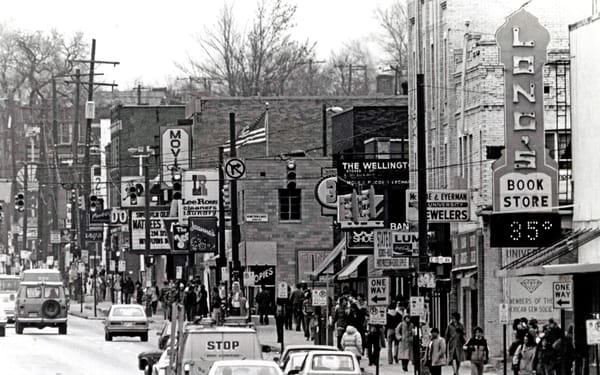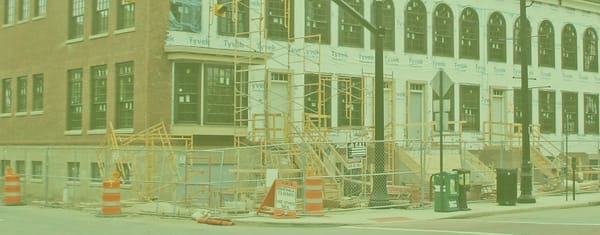Tell us your story
Let us know why you welcome more neighbors into your community.
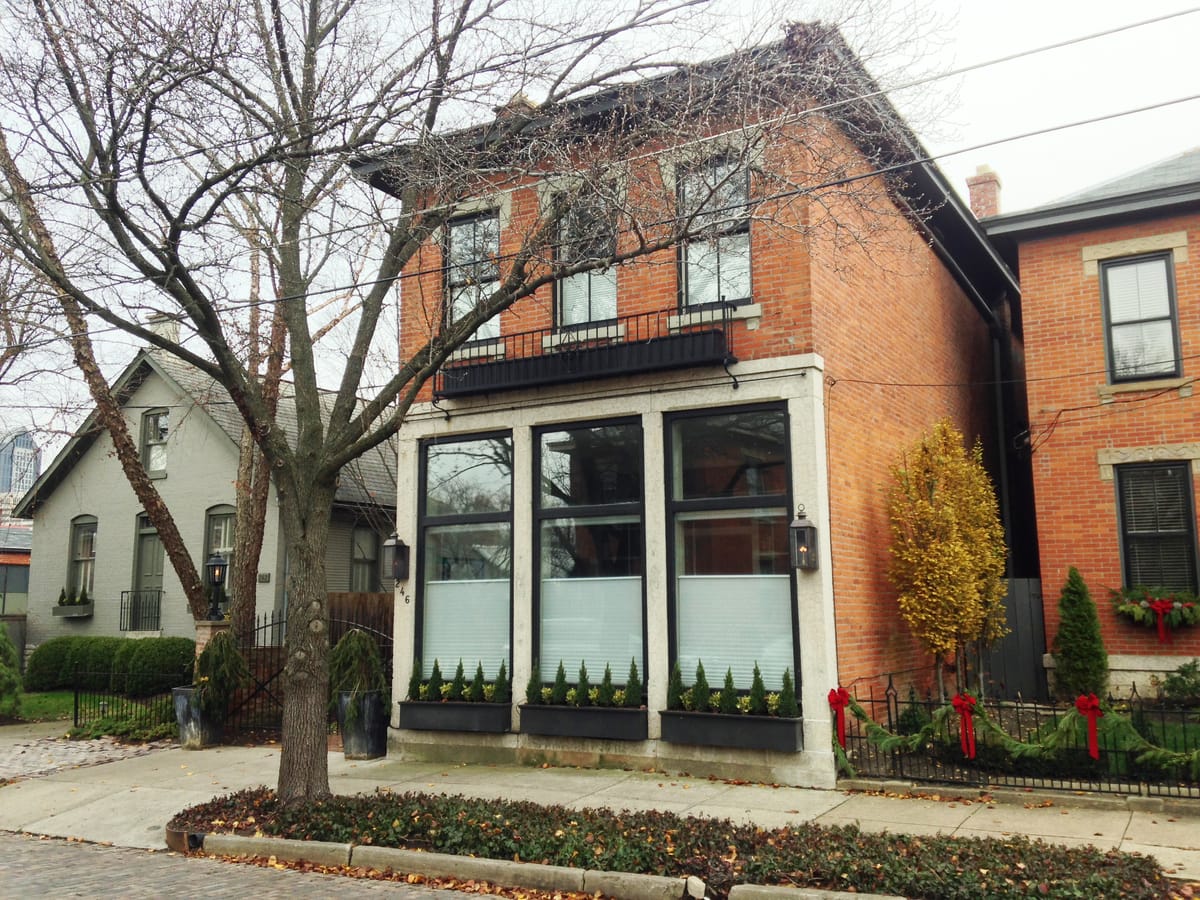
Hello again, neighbor! And welcome to Neighbors for More Neighbors—Columbus. We are a grassroots group of residents who support building more housing in our growing region.
Take a minute to check out some of the latest housing-related news in our region and peek at the bottom of this email to check out our inspiring springtime read. Send your ideas for content our way—anything from ridiculous videos to super-serious studies about housing topics. Build 🔨 more ⬆ housing 🏘
Whittier Street Project Moves to City Council
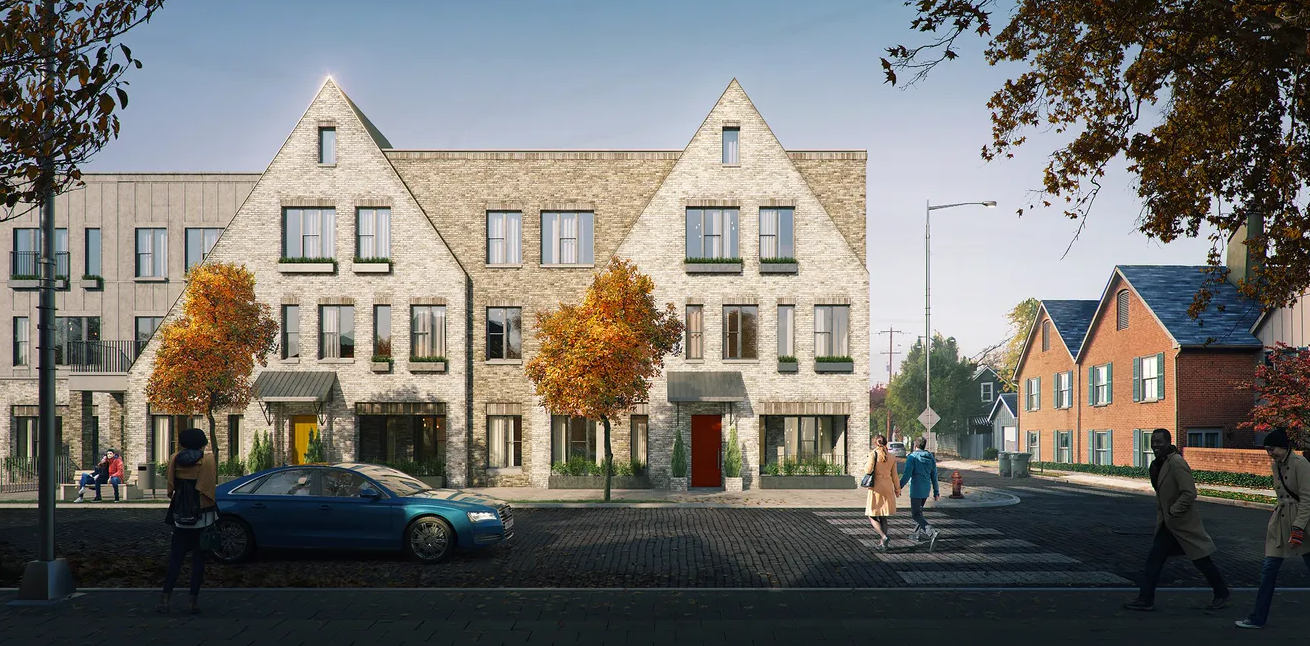
The Pizzuti Company’s proposal to add 263 housing units on the site of the former Giant Eagle at Jaegar and Whittier streets has passed the Columbus Development Commission and will soon move to Columbus City Council for a final vote. The proposal was approved by the South Side Area Commission and by all required city departments. Despite all the approvals, an anti-housing group called Neighborhoods for Responsible Development has hired legal counsel and is soliciting donations to assist in their efforts to block this critical addition of housing units. This housing battle is getting serious, and we need your advocacy!
Pizzuti Project Status
✅ Columbus Development Commission
✅ City of Columbus Planning Division
✅ South Side Area Commission
🔜 Columbus City Council
❌ Anti-housing wealthy homeowners
How this project supports our values:
- It adds more housing
- It’s located in a walkable and transit-oriented community
- It adds more neighbors to an area that has lost thousands of people
What you can do:
Voice your support for this high-quality example of urban infill by contacting Columbus City Council.

Where have all the groceries gone?
Many urban residents complain about the lack of grocery stores in their neighborhoods. One pertinent example is German Village—where a Giant Eagle recently closed its doors. Where did all the bygone groceries, markets, carry-outs and confectioneries of German Village and our other urban neighborhoods go? Well, retail follows rooftops! And the rooftops moved from the urban core to outlying areas starting in the 1960s.
Did you know that in 1960 there were thousands more people living on the South End? Today, it’s just a shell of it’s former vitality, and anti-housing advocates at the German Village Society hope to keep it that way by blocking development to artificially restrict the supply of critical housing units.
Before the neighborhood received historic protection, the area was home to more than 10,000 people. This previous density supported hundreds of businesses on commercial corridors and nestled throughout the quaint narrow streets. Imagine walking to cheese shops, tailors, bakeries, diners, drug stores, doctors—anything you needed was on the South End. These businesses had plenty of customers living nearby. Today, many German Village businesses rely on a tourist-based economy, thriving on visitors. If you support local retail and want more amenities like pharmacies and grocery stores, our neighborhoods need more people to support those businesses. And more people means more housing.
To truly revitalize our communities, we need to bring back the life they once had. Part of that equation is building more housing units.
Here are your links
Of the newsletters we subscribe to, links are our favorite part. Sharing the weirdness of the internet is fun.
- CDDC Looking to Build Apartments Near Topiary Park
Columbus Underground, 6 April 2021 - Competition aimed at finding way to build low-cost homes in Hilltop and Whitehall
Columbus Dispatch, 5 April 2021 - Franklin County has made progress on affordable housing, but NIMBYism remains a hurdle
Columbus Business First, 31 March 2021 - Fourth and Long Renovation, Other Downtown Projects Moving Forward
Columbus Underground, 26 March 2021 - From the editor: 2020 was ‘rollercoaster’ year for affordable housing
Columbus Business First, 25 March 2021 - Affordable housing advocate Move to Prosper’s latest project helps single moms, their kids
Columbus CEO, 25 March 2021 - Columbus apartment construction continues with seven new projects
Columbus Dispatch, 25 March 2021 - Developer finalizing plans for $250M Whitehall mixed-use project
Columbus Business First, 22 March 2021 - Columbus home listings drop sharply in February, more bad news for shoppers
Columbus Dispatch, 22 March 2021 - Two Large Developments in Italian Village Moving Forward
Columbus Underground, 10 March 2021
From our Bookshelf
Written like a policy handbook for housing advocates, The Affordable City is a digestible approach to solutions that embraces a “yes, and” philosophy. Build more housing, AND increase tenant protections—it’s not just an either/or question. This book was recommended by Lauren Squires, a University Area Commissioner and OSU professor who lives with her family in SoHud. The policy solutions Phillips highlights illustrate “a future of abundance, not scarcity, in which new neighbors, new jobs, and new homes are welcomed rather than feared.”
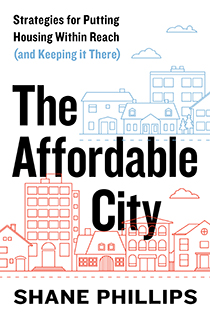
“Many zoning and building code requirements are paternalistic preferences masquerading as consumer protections. Requirements such as minimum room sizes, building setbacks, common area, and other shared facilities—and, yes, parking minimums—have no proven impact on the health or safety of residents, yet they’re required all the same.”
“Some people will be focused on Supply policies, other on Stability or Subsidy. That’s okay: people have different strengths, interests, backgrounds, and areas of expertise that can be applied to the problem of housing affordability. We don’t need everyone to become a dedicated advocate in all three areas. What we do need is to stop tearing people down for choosing a focus different from our own, or for emphasizing different priorities or speaking to different audiences.”
We recommend you order a copy of The Affordable City at a local bookseller, like Prologue or Gramercy Books. Please don’t think twice about sending your book and article recommendations our way!
Stay Connected with N4MN—Columbus


